SEVEN myths about common Ear, Nose and Throat conditions
Seek a second opinion if your ENT surgeon says this!
Unfortunately there is a multitude of myths surrounding common ENT conditions that cause unnecessary anxiety amongst our patients and their parents. We often see patients for a second opinion in our clinic when they have had treatments proposed for their ENT condition.
The following is a list of common misleading messages that patients have taken home with them after a consultation.
1. “You have a thyroid nodule and we need to biopsy it to check if it is cancerous”. STOP. There are various guidelines that dictate when a thyroid nodule merits a biopsy. Small nodules (under 1 cm) with no suspicious features on an ultrasound, in patients at low risk for thyroid cancer should NOT be biopsied. You may ask what harm a biopsy does if it can rule out cancer. It is true that a biopsy is safe and cannot do any harm but the results (or cytology) are not always conclusive. Many normal or benign nodules will show atypical cells which are of no significance and the surgeon may then advise surgery to be absolutely sure that there is no cancer. Needless to say, surgery unlike a biopsy has risks!
If you have had a thyroid nodule biopsy and have been advised surgery, do consider seeking a second opinion
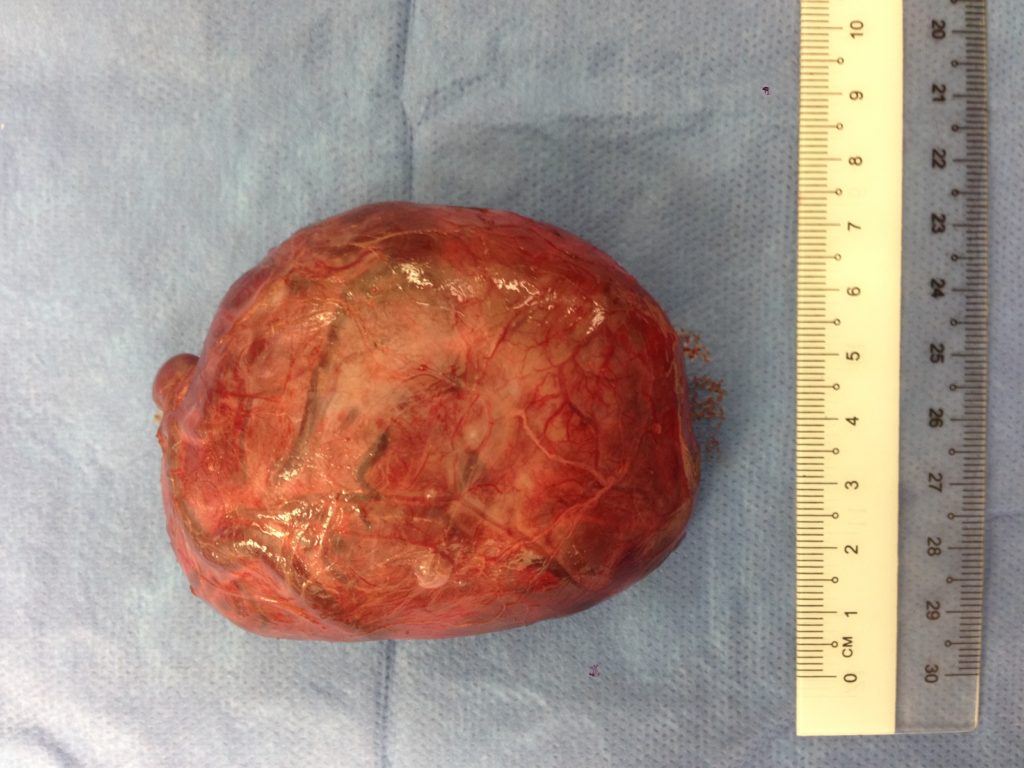
2. “You have sleep apnoea – you stop breathing at night – if you don’t treat it you will stop breathing and DIE in your sleep”. Sadly too many patients walk out of their ENT consultations having been told that they have sleep apnoea (or stop breathing periodically during sleep) and that if left untreated may lead to sudden death at night. This can be very alarming and is not true. During a period of apnoea, blood oxygen levels drop and this stimulates the respiratory centres in the brain to cause an arousal. The patient then resumes breathing and death is averted! Obstructive sleep apnoea is associated with high blood pressure, irregular heart beats or arrhythmias, diabetes, heart failure and heart attacks. Heart attacks can very occasionally occur at night and if severe lead to death. So whilst there is slightly higher rate of heart attacks during sleep in obstructive sleep apnoea patients (some of which lead to death) it is misleading to suggest that apnoea itself leads to patients dying in their sleep.
3. “Your eardrum is perforated and you need surgery to close it”. Eardrum perforations can occur after middle ear infections. In fact in many cases this is the natural outcome which results in pus in the ear canal and then spontaneous resolution of the infection and pain. A second common cause of perforations is trauma due to cotton buds or a variety of other foreign objects that people stick in their ears! All these perforations will close in time. In some cases it may take weeks but the eardrum has a natural tendency to close itself.
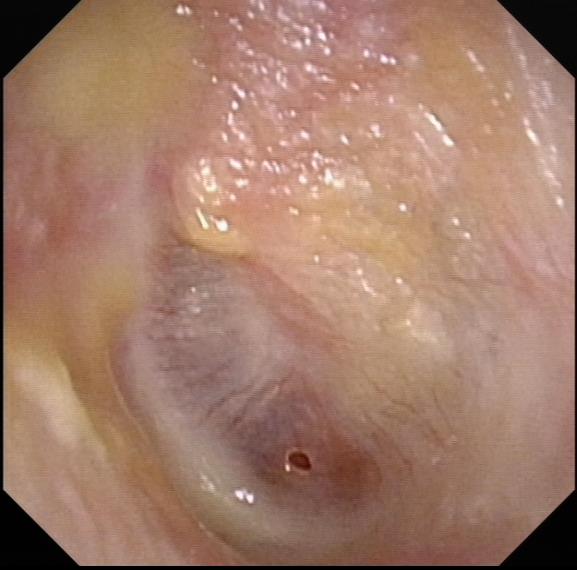
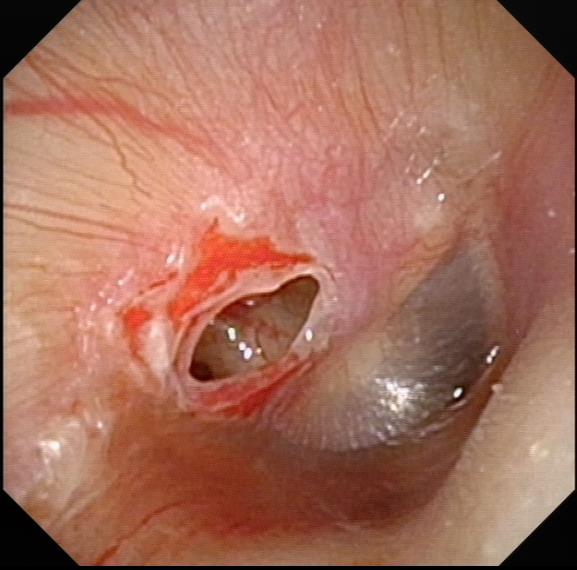
4. “Your child has large adenoids and tonsils and they must be removed or else they will be starved of oxygen when they sleep at night”
Tonsils and adenoids are part of the human immune system and they do serve a purpose in early life in helping a child develop their immunity. In all children, the tonsils and adenoids are enlarged between the ages of 3 and 8 years. In a minority, the enlargement is severe enough to cause difficulty breathing at night. This causes poor quality sleep and affects a child’s performance during the day.
The decision to remove the tonsils and adenoids is a difficult one. Clinicians rely on the history presented and clinical examination. Often this clinical examination can be done with a nasal endoscope. In very young children, I would advocate a simple plain xray
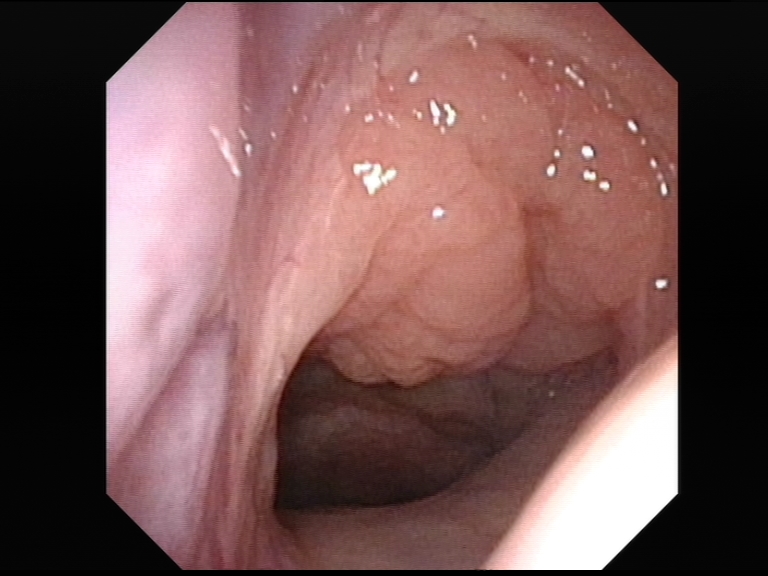
If a child’s symptoms are not severe, it is sensible to observe a period of watchful waiting before embarking on surgery
5. “You have vocal fold nodules and need surgery to remove them”
Vocal fold nodules are common in people who use their voice excessively. Nodules are benign and they should always be treated conservatively. The diagnosis relies on careful examination and you should always get a laryngeal videostroboscopy (LVS) done to confirm the diagnosis. Not all ENT surgeons have the facilities for laryngeal videostroboscopy. Both our clinics in Mt Elizabeth Novena Hospital and Gleneagles Hospital have the special endoscopy licence from the Ministry of Health to perform this investigation.
Once confirmed, virtually all nodules will respond to speech therapy which we offer in-house at the The ENT Clinic – see https://www.entclinic.sg/voice-speech-therapy.html
6. “Your child has fluid in their middle ear and may go deaf if you don’t treat it”
Fluid in the middle ear may accumulate after a ear infection or a simple cold. This is a common finding and it produces a mild hearing loss. In most cases, the fluid will disappear in time. Some parents are told that ther child may lose their hearing or develop meningitis if this fluid is not drained. This is a falsehood. The correct practice is to drain the fluid and insert a grommet (or ventilation tube) in persistent cases only. Most experts suggest a three month period of waiting based on evidence from a large UK study.
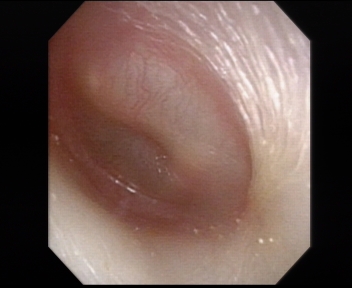
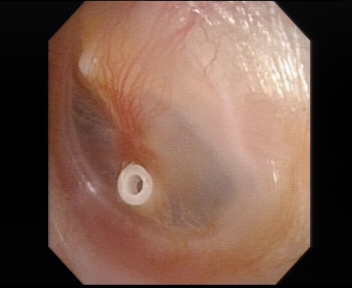
7. “You have a cyst in your sinus and we need to operate to remove it or it will cause problems”
Cysts in the cheek or maxillary sinus are very common. In fact about 35% of normal individuals will have a cyst in maxillary sinus. They cause no problems and are not a sign of an underlying ENT problem either. These cysts are often picked up incidentally when a brain scan is performed. The patient invariably gets referred to an ENT surgeon to exclude an underlying problem. If the examination is otherwise normal, these cysts should be left well alone!
Share this blog via:
